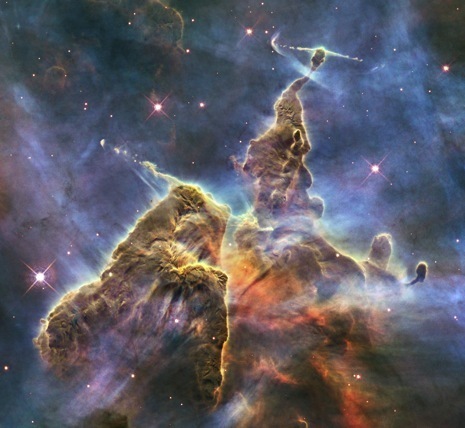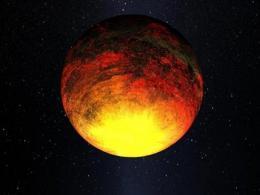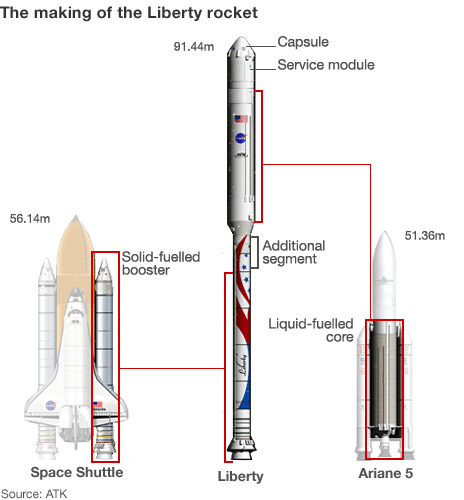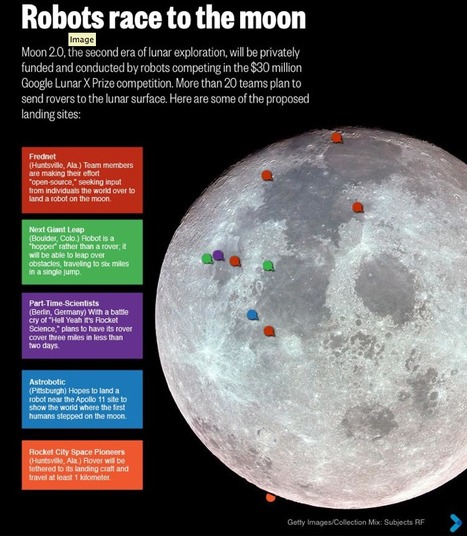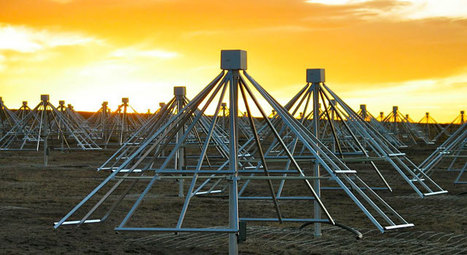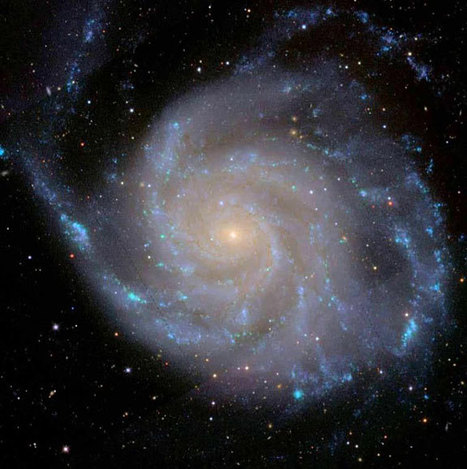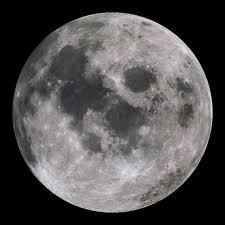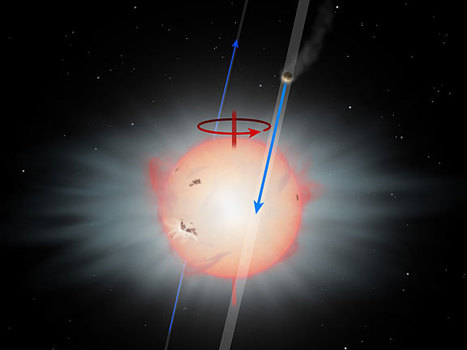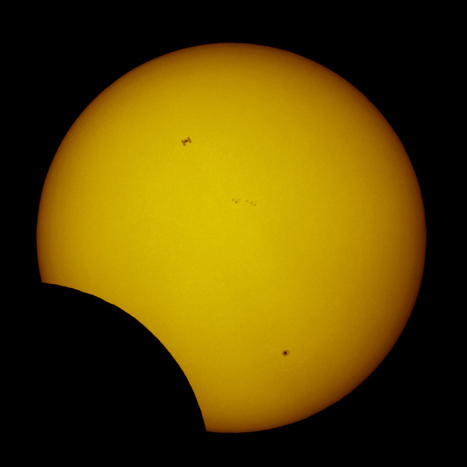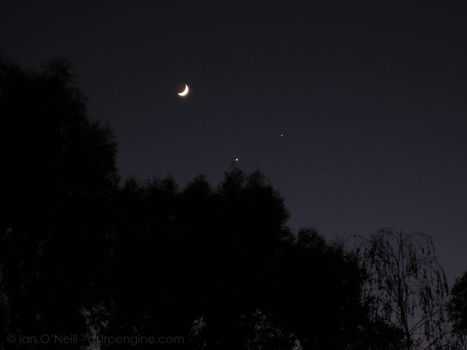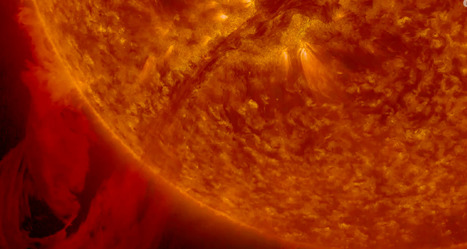"By adding a laser and an ion funnel to the mass spectrometer, researchers may be better equipped to finding life on Mars."
I love the whole Alien hunt stuff but sometimes I wonder how far NASA is ready to leverage that in their P/R strategy to get funded.
I love the whole Alien hunt stuff but sometimes I wonder how far NASA is ready to leverage that in their P/R strategy to get funded.



 Your new post is loading...
Your new post is loading...





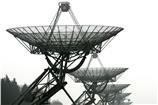

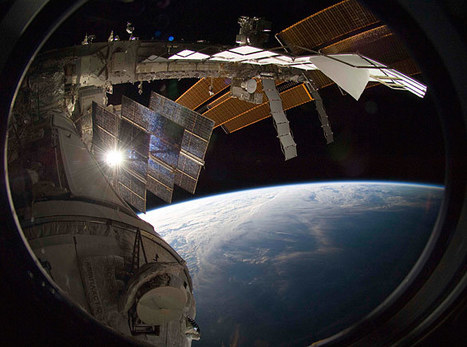
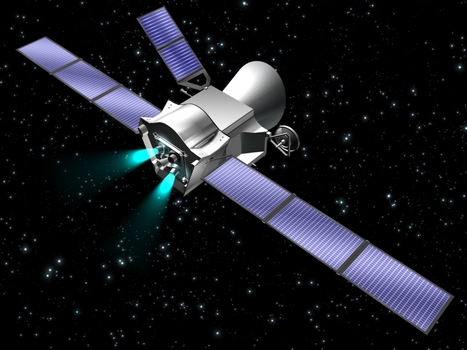
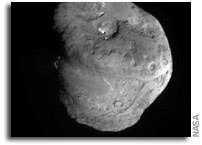


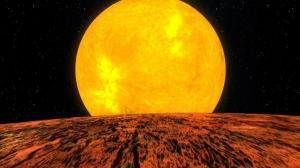

![The Total Lunar Eclipse As Seen By Twitter Users [PHOTOS] | Good news from the Stars | Scoop.it](https://img.scoop.it/TSHoaCRrMU-YgfXO5KvQkTl72eJkfbmt4t8yenImKBVvK0kTmF0xjctABnaLJIm9)
